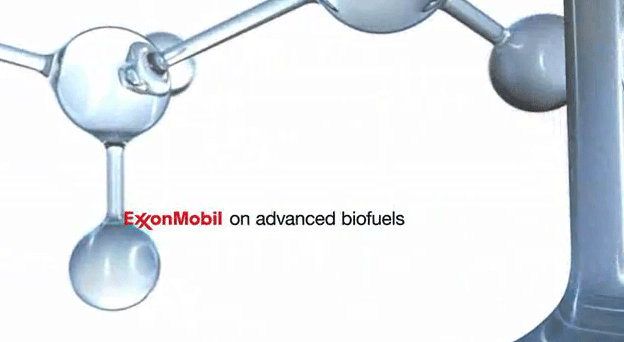Meeting the world’s growing energy demands will require a multitude of sources. Biofuel from algae could be a meaningful part of the solution in the future because of its potential as an economically viable, low emissions transportation fuel.
Together ExxonMobil and Synthetic Genomics, Inc. (SGI) announced in July 2010 the opening of a new greenhouse facility to enable the next level of research and testing in our algae biofuels program. This greenhouse, located in La Jolla, California, is part of our ongoing commitment to advance breakthrough energy technologies to help address the world’s long term energy challenges.
In July 2009, ExxonMobil joined with Synthetic Genomics, Inc (SGI) to launch new program to research and develop next-generation biofuelsFuels composed of or produced from biological raw materials, such as plants, photosynthetic organisms, or animal waste. from photosynthetic algae. The opening of the greenhouse is an important milestone because it provides the next level in scale up from a laboratory setting to an environment that better reflects real-world conditions for algae production. SGI and ExxonMobil researchers are using the facility to test whether large-scale quantities of affordable fuel can be produced from algae.
In the greenhouse, researchers from ExxonMobil and SGI will examine different growth systems for algae, such as open ponds and closed photobioreactors. We will evaluate various algae, including both natural and engineered strains, in these different growth systems under a wide range of conditions, including varying temperatures, light levels and nutrient concentrations. We will also conduct research into other aspects of the algae fuel production process, including harvesting and bio-oil recovery operations.
Since ExxonMobil and SGI announced the algae biofuel program last July, researchers have made substantial progress, including:
- Isolating and/or engineering a large number of candidate algal strains and developing growth conditions under which these strains could be made more productive;
- Identifying and testing some of the preferred design characteristics of the different production systems; and
- Initiating life cycle and sustainability studies to assess the impact of each step in the process on greenhouse gas emissions, land use and water use.
The next major milestone in the program, expected in mid-2011, is the opening of an outdoor test facility.
Advantages of algae
ExxonMobil has been engaged in a long-term effort to examine the potential of next generation and renewable fuels. After considerable study, we have concluded that biofuels from photosynthetic algae have potential benefits and advantages.
- Algae can be grown using land and water unsuitable for plant or food production, unlike some other first- and second-generation biofuel feedstocks.
- Select species of algae produce bio-oils through the natural process of photosynthesis — requiring only sunlight, water and carbon dioxide.
- Growing algae consume carbon dioxide; this provides greenhouse gas mitigation benefits.
- Bio-oil produced by photosynthetic algae and the resultant biofuel will have molecular structures that are similar to the petroleum and refined products we use today.
- Algae have the potential to yield greater volumes of biofuel per acre of production than other biofuel sources. Algae could yield more than 2000 gallons of fuel per acre per year of production. Approximate yields for other fuel sources are far lower:
– Palm — 650 gallons per acre per year
– Sugar cane — 450 gallons per acre per year
– Corn — 250 gallons per acre per year
– Soy — 50 gallons per acre per year - Algae used to produce biofuels are highly productive. As a result, large quantities of algae can be grown quickly, and the process of testing different strains of algae for their fuel-making potential can proceed more rapidly than for other crops with longer life cycles.
- If successful, bio-oils from photosynthetic algae could be used to manufacture a full range of fuels including gasoline, diesel fuel and jet fuel that meet the same specifications as today’s products.
Under the program, if research and development milestones are successfully met, ExxonMobil expects to spend more than $600 million, which includes $300 million in internal costs and potentially more than $300 million to SGI.
Source: ExxonMobil
http://www.exxonmobil.com/Corporate/energy_climate_con_vehicle_algae.aspx









